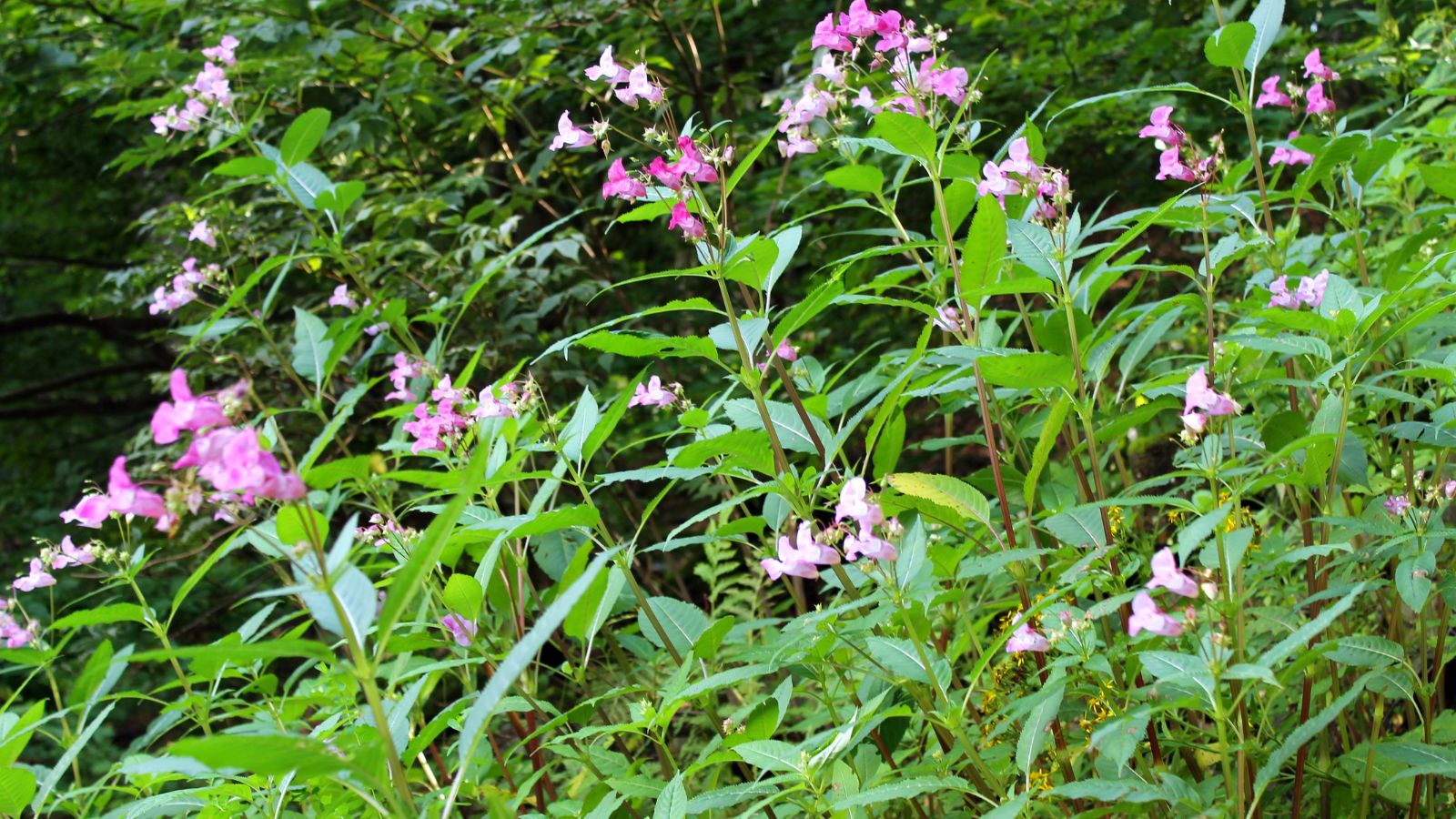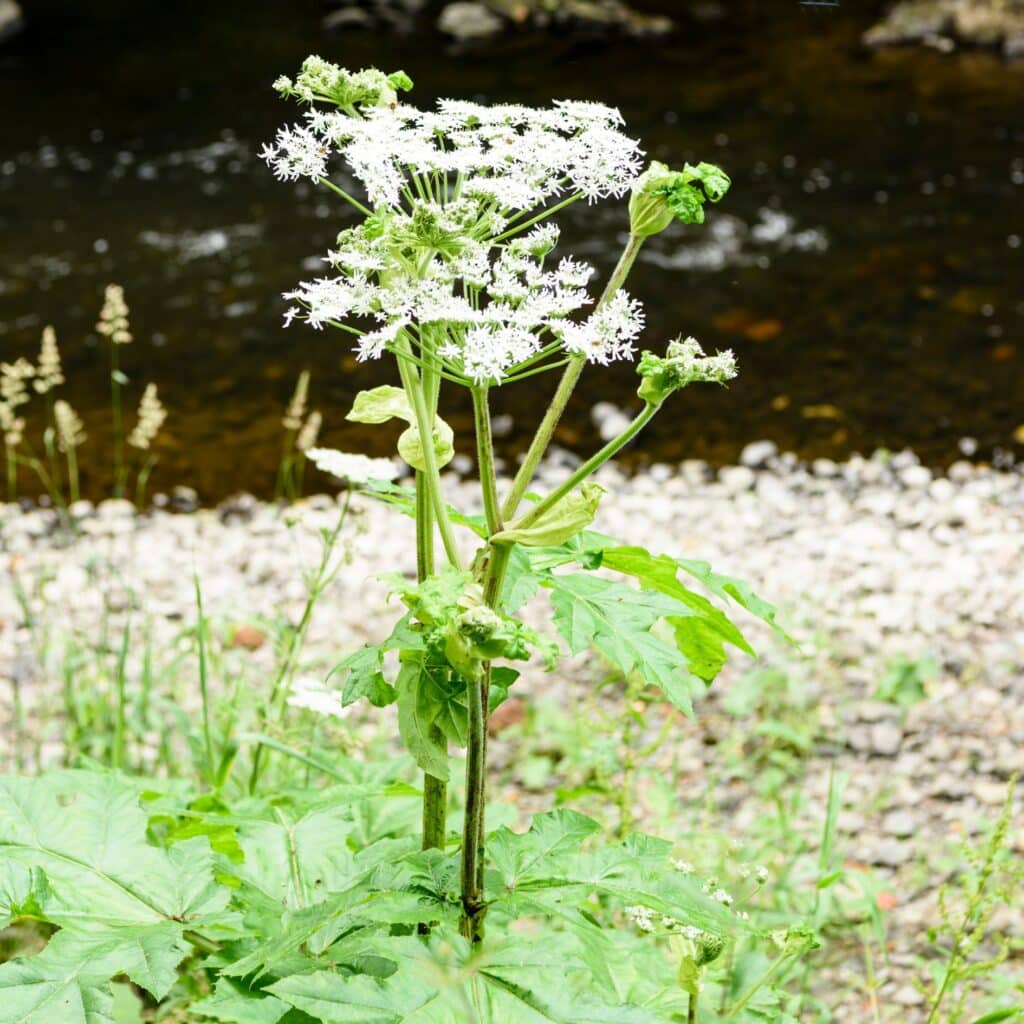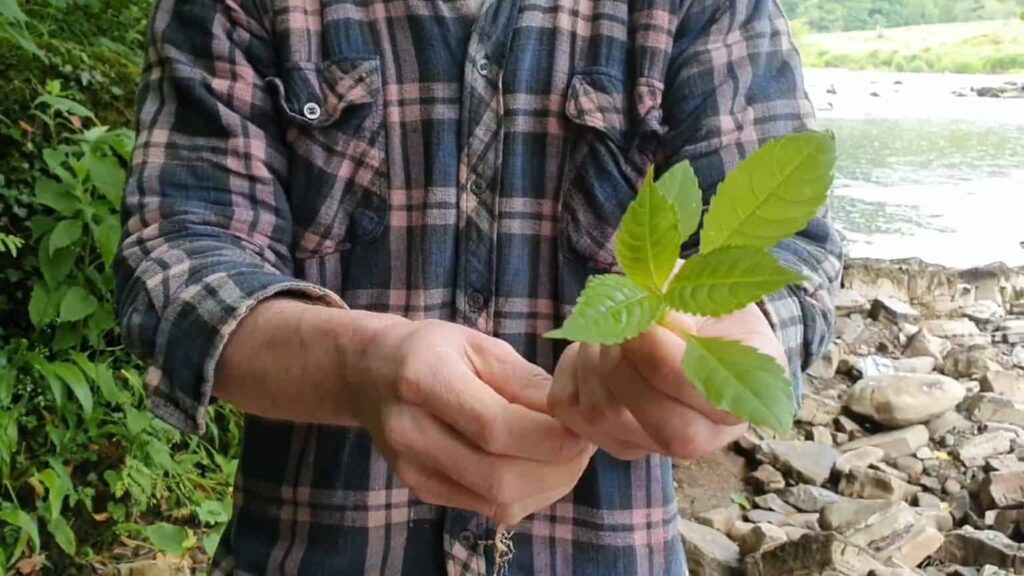
Ribble Catchment INNS
Ribble Rivers Trust have teamed up with the Ribble Fisheries Consultative Association (RFCA) and the Angling Trust for the Ribble Catchment INNS project, which is part of our ongoing efforts to eliminate invasive non-native species.
There are three INNS (invasive non-native species) that cause issues on the Ribble catchment; Himalayan balsam, giant hogweed, and Japanese knotweed. Each bring their own unique problems and stopping their spread requires specialist solutions.
So, the Ribble Catchment INNS project will help to tackle all three of these plants, with a focus on giant hogweed (Heracleum mantegazzianum).
Are INNS really that bad?

A combination of our surveys, public feedback, and evidence from anglers all shows that giant hogweed is a growing issue, particularly on the Ribble Way.
Giant hogweed is a particularly problematic plant, and can cause serious harm to people and the environment. Although Giant hogweed is very similar to many of our native umbellifers, this species is native to Eastern Europe and Western Asia. However, despite being adapted to different climates, Giant Hogweed thrives here in the UK. In fact, Giant Hogweed can rapidly take over riverbanks.
Additionally, Giant Hogweed sap can cause serious burns and blisters. This is because the sap contains something called furocoumarin, which makes skin extremely sensitive to sunlight. If the sap gets onto your skin and it’s then exposed to the sun, your skin can blister badly. Even worse, the blisters can come back time and time again due to a process called phytotoxicity.
How will you tackle the issue?
Ribble Rivers Trust have been working hard to remove and prevent the spread of invasive species for many years. Our data and evidence team map INNS locations, and help us to decide how we can strategically eliminate the problem at the source. However, the INNS move faster than we do, and it is an ongoing battle.
One thing we do have on our side is people power! Thankfully, we have more people on board with the battle against invasives than ever before. These members of the public are keen to undertake the work on the ground, but need the support in arranging the right training, obtaining consents, and liaising with landowners.
This is where Ribble Rivers Trust come in. Thanks to the Ribble Catchment INNS project we’re training volunteers to give them the skills and knowledge to safely and effectively treat Giant Hogweed.

Is there anything I can do to help?

Whilst the treatment of giant hogweed is what makes this project unique, we will also engage with the Ribble catchment’s communities. Our aim is to ensure that members of the public are aware of the dangers of INNS to both people and wildlife, and that they know how and when to take action.
If you spot any invasive species, then you can map them using the INNS Mapper tool. This enables you to record the locations of INNS, and look at other people’s sightings too. It even contains handy ID guides! If you’d like to become a volunteer, then sign up using the form below. Finally, when you’re in and around the water, always make sure you check, clean, dry!

